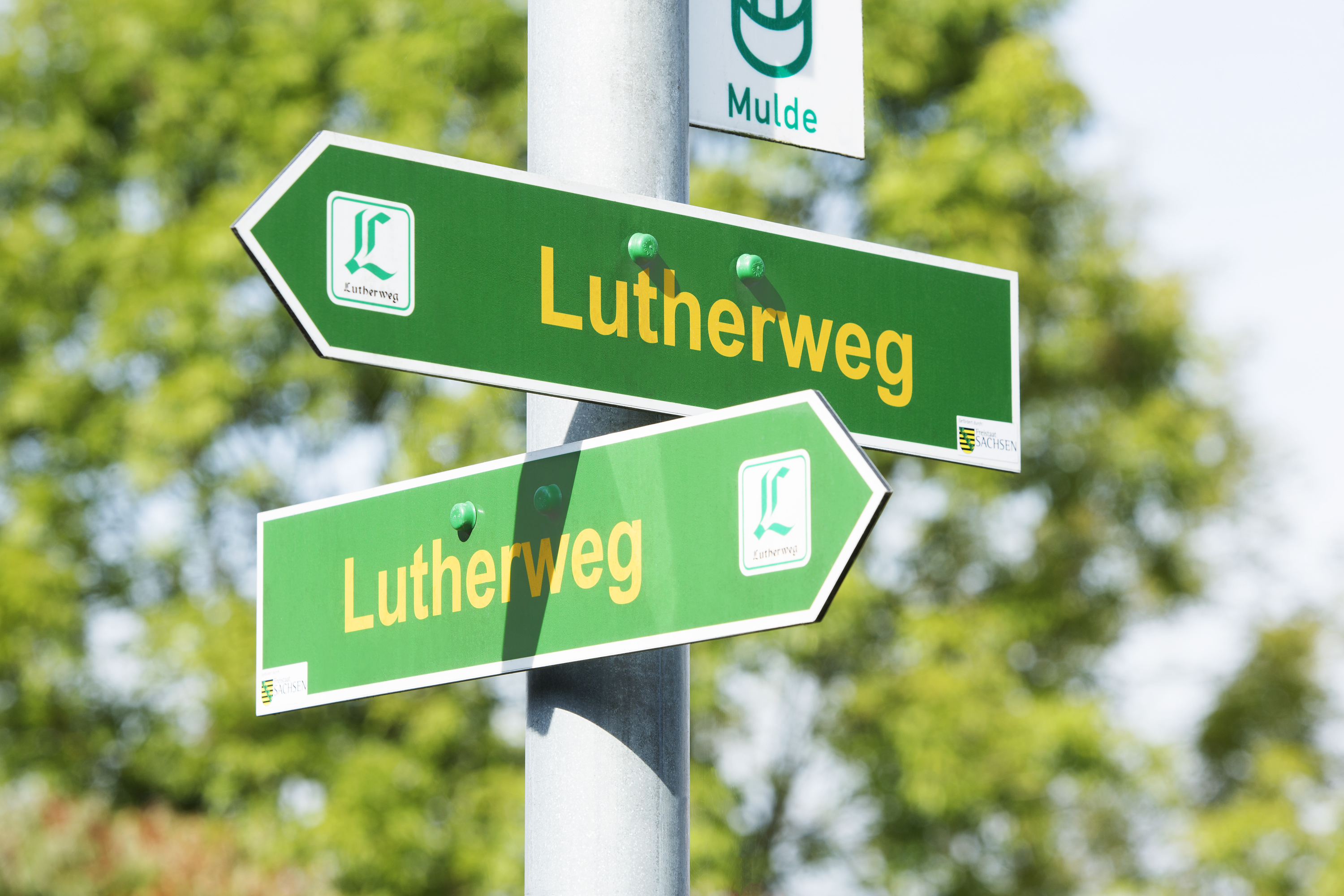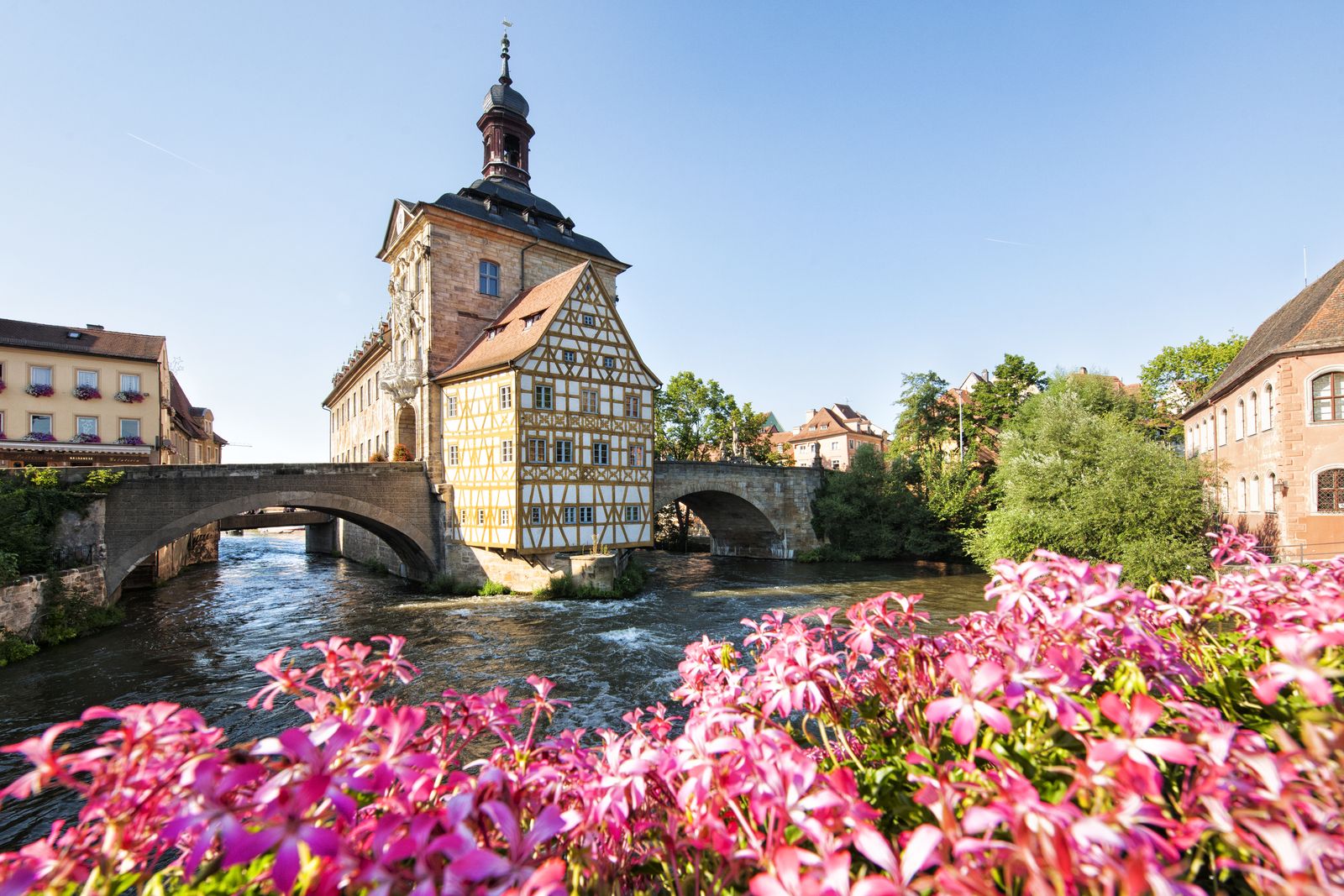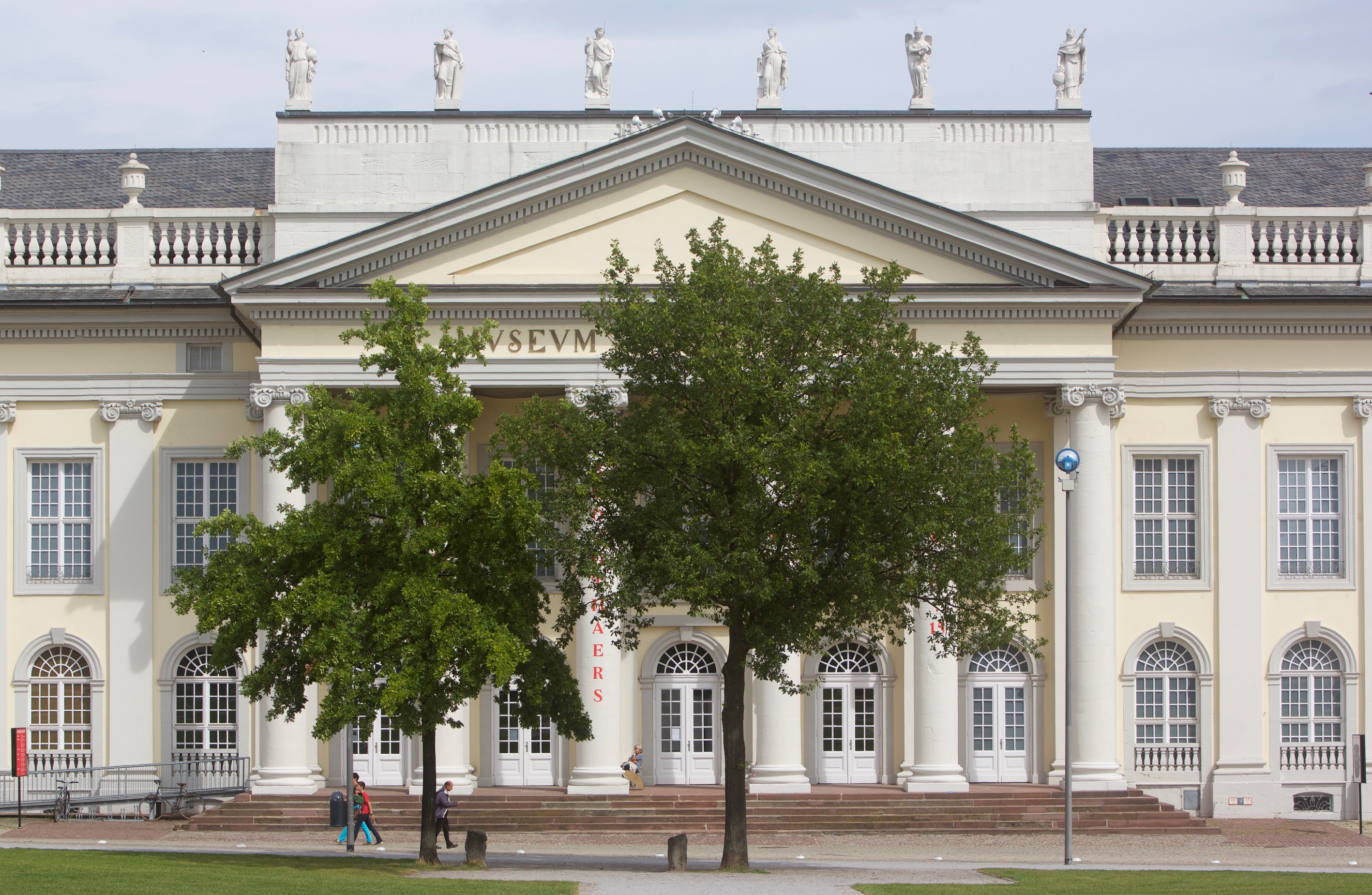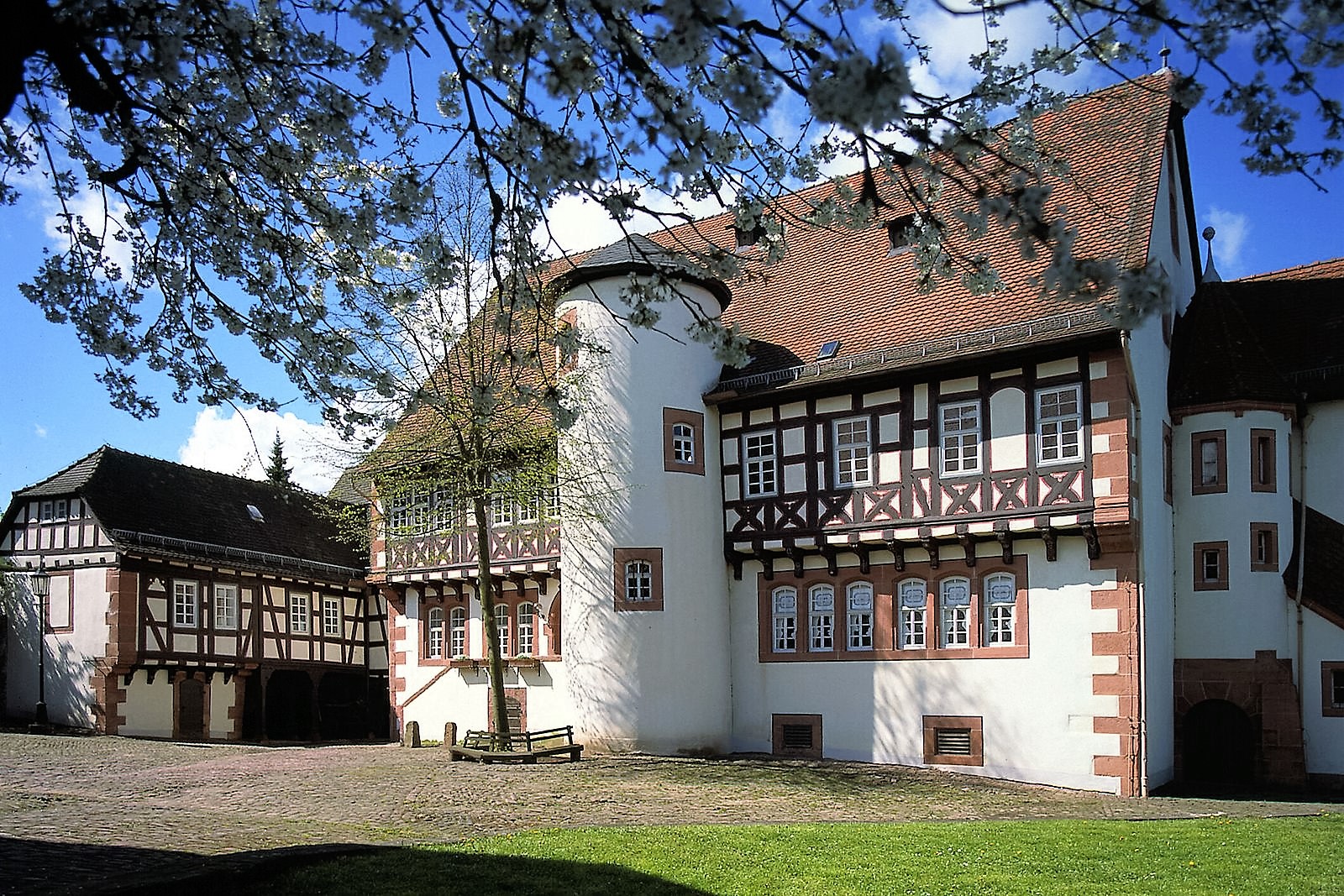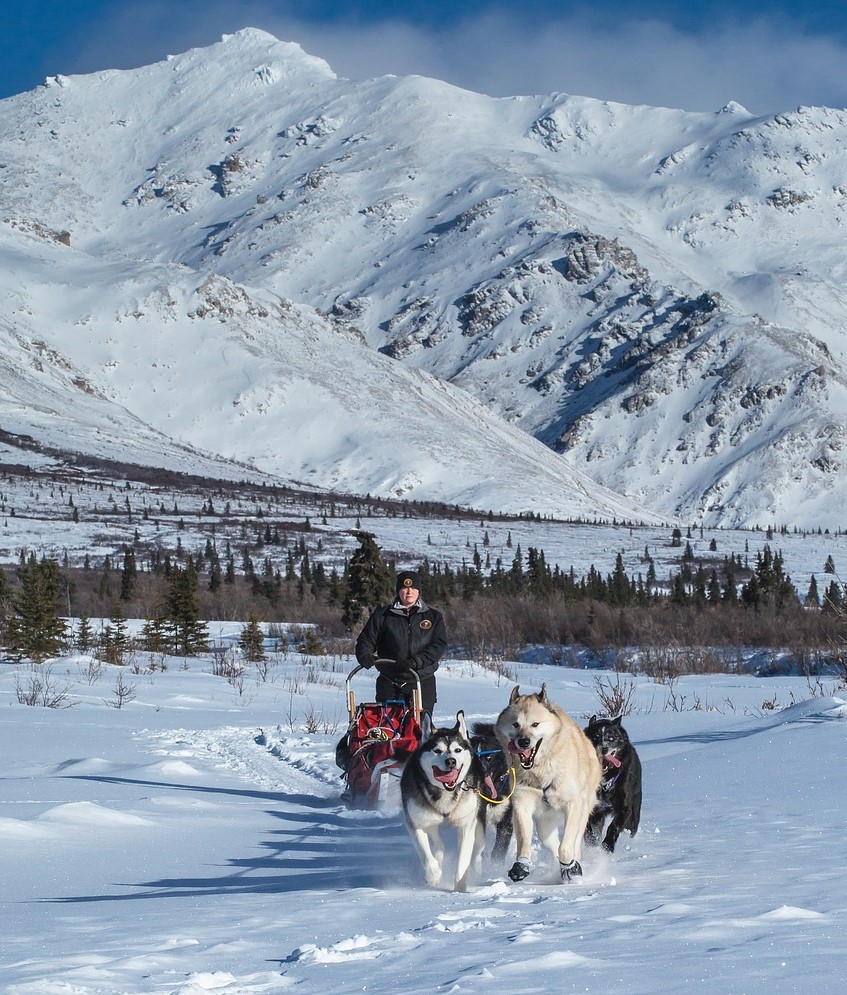Germany celebrates the 500 year anniversary of the Reformation with its ‘catchy’ (sarcasm noted) “Luther 2017 – 500 years since the Reformation in Germany” tourism campaign.
Not the most attention-grabbing headline, nor the most exciting theme one would think – but so much of Germany’s culture, mentality, language and architecture is tied to events which took place 500 years ago. Events which were to have a major impact on the religious and social landscapes of most of Northern Europe. When Martin Luther challenged the authority and doctrine of the Catholic church with his 95 Thesis, which, as legend has it, he nailed to the door of the castle church in Wittenberg, his courage, conviction and belief in the commitment of faith set the tone for turbulent times throughout Europe. Nowhere felt this turbulence more than Tudor England which makes this a most pertinent anniversary for anyone with an interest in history, culture or religion.
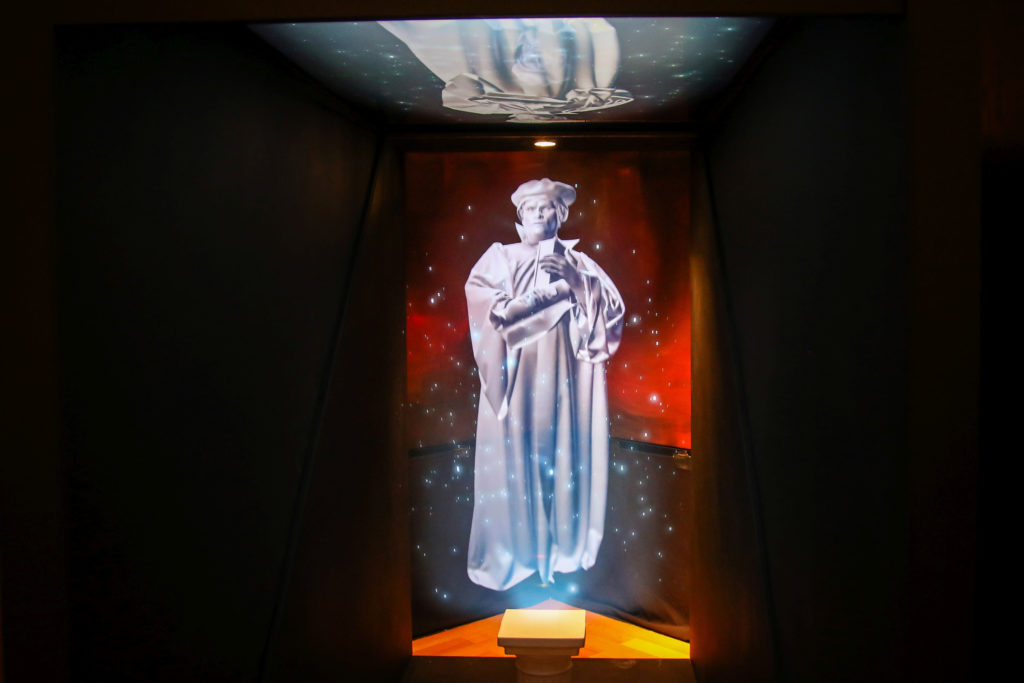
Washington as part of celebrations for German Unity Day on 5 October 2016
Copyright: GNTB
The ‘Luther 2017 – 500 years since the Reformation in Germany’ campaign is the highlight of the Luther decade. It focuses on Martin Luther as the symbol of the Reformation and as a brand ambassador for Germany.
As Petra Hedorfer, Chief Executive Officer of the GNTB, explains: “Germany is firmly established as the number one cultural destination for Europeans. We want to use our activities for the Luther decade and the Reformation anniversary to add a new dimension for international travellers with an interest in culture and religion, and to present a modern image of Germany and consolidate Germany’s position in the international market.”
On the trail of Martin Luther
As part of the campaign, eight Luther routes have been created specifically for the UK market. They link 42 places associated with the life and work of the great reformer and provide independent travellers with a useful framework for planning their tours. The start and end points and the destinations along the way are easy to reach by bus, train, car or bike.
Route 1
From Berlin to Magdeburg: The Heartland of Luther’s Legacy
The first Luther route runs from Berlin – a venue for the national exhibition in the 2017 anniversary year – to Potsdam with its many attractions, before continuing to the Reformation heartland of Saxony-Anhalt and two key towns in the life of Martin Luther:
Eisleben and Wittenberg. Highlights include the castle church in Wittenberg, where Luther posted his 95 theses in 1517, and the houses in Eisleben where Luther was born and where he died. Today these outstanding monuments to the life and times of Martin Luther are all inscribed on the UNESCO World Heritage List. Another place of interest is the Prince George Library in Dessau-Rosslau, which contains hundreds of prints and manuscripts from the time of the Reformation. The final location on the route is Magdeburg, where Luther attended school for a time, and where he later became active as a dedicated and outspoken preacher.
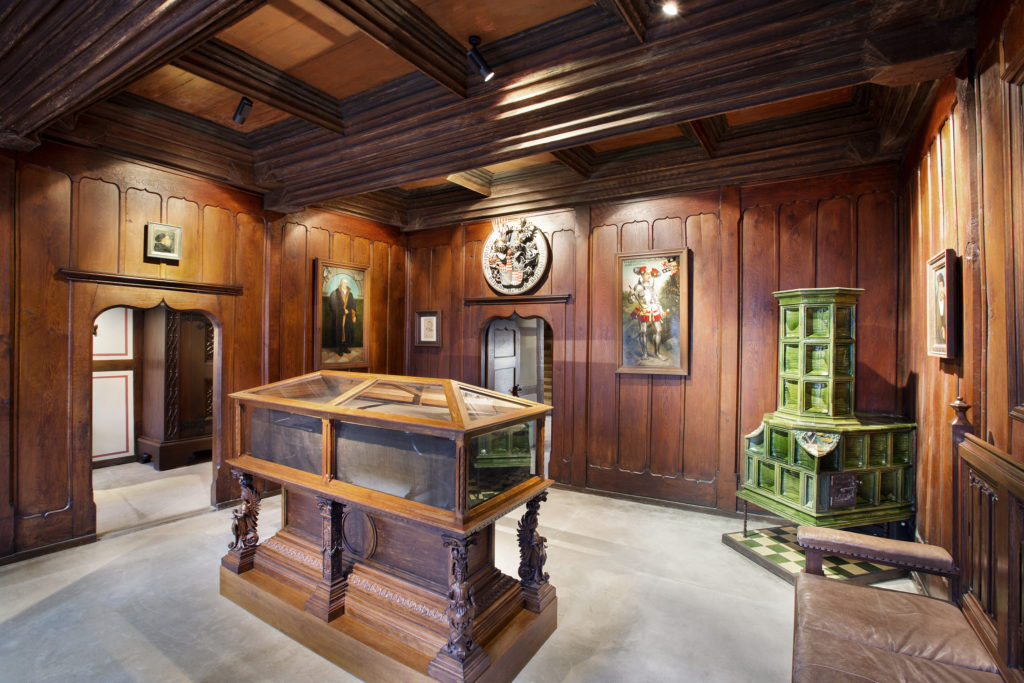
Copyright: GNTB/photographer: Christof Herdt
Route 2
From Berlin to Frankfurt: Life and Times
Starting again in Berlin, the second Luther route also includes Wittenberg and Torgau, before continuing to Luther towns in Thuringia and to Frankfurt in Hessen. The route runs through Eisleben and Mansfeld, where Luther’s childhood homes are located, as well as Torgau, where Luther’s wife Katharina von Bora died in 1552.
In Erfurt, where Martin Luther spent six years are a monk, visitors can see his cell at the abbey of the Augustinian hermits, the largest of the city’s surviving abbeys. Another highlight is Eisenach, home to both Luther’s House and Wartburg Castle, where Luther translated the New Testament into German.
Route 3
From Eisenach to Altenburg: Reformation and Cultural Heritage
The third Luther route concentrates on Thuringia, taking visitors to Eisenach, Erfurt and smaller towns that were shaped by the Reformation era. The starting point is Eisenach, where Luther went to school for several years. It was also here, at Wartburg castle, that he translated the Bible under the alias of ‘Squire George’. The town and castle will be venues for the national Reformation exhibition in 2017.
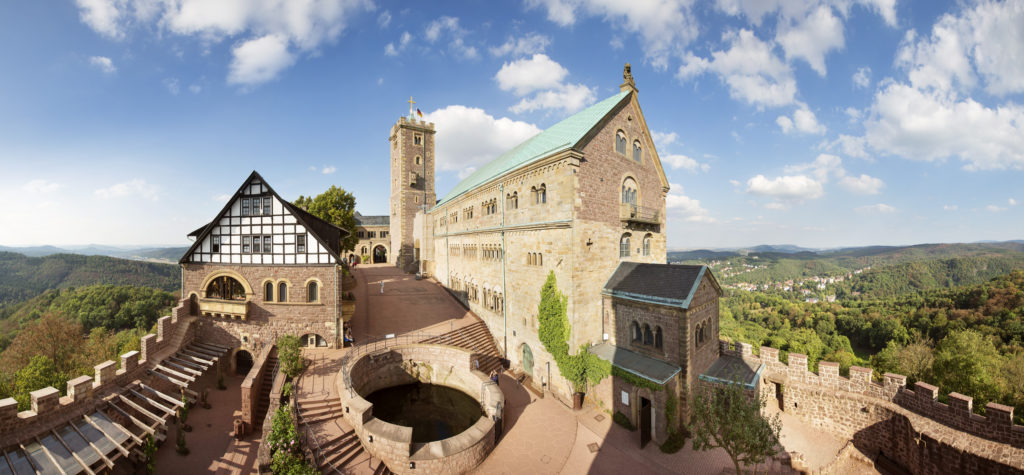
Copyright: GNTB/photographer: Christof Herdt
Lesser known towns on the route include Möhra, the traditional home of the Luther family, Schmalkalden, where Protestant princes and cities forged a defensive union in 1531, and Mühlhausen, where Thomas Müntzer, the reformer and leader of the peasant’s revolt, was executed. With stops in Gotha, Weimar and Altenburg, this route also touches on many other fascinating aspects of the Reformation in Thuringia.
Route 4
From Leipzig to Dresden: Politics and Rebellion
The fourth Luther route starts in Leipzig. Here, in 1519, Luther engaged in intense debate with the Catholic theologian Johannes Eck, which ultimately led to his excommunication by Rome.
The route also takes visitors to Jüterbog in Brandenburg – where preacher Johann Tetzel, whose selling of indulgences is thought to have been the catalyst for Martin Luther’s 95 theses, was active in 1517 – and Grimma, where Luther’s future wife Katharina von Bora lived for many years.
The journey ends in Saxony’s capital Dresden, where the Church of Our Lady, the largest Protestant domed building in Europe, is just one of many fascinating places to visit.
Route 5
From Frankfurt to Berlin: Sermons and Imperial Diets: Luther’s Travels
The fifth Luther route presents an almost complete overview of the key aspects of the Reformation. Starting in Frankfurt, its first stop is Worms, where Luther defended his writings before the Emperor. Next is Speyer, where important imperial diets convened between 1526 and 1529. Then comes Heidelberg, where Luther preached his first sermon after nailing his theses to the door of Wittenberg castle church. The route continues to Augsburg, where Luther defended his theses before the feared Cardinal Cajetan in 1518, and on to Nuremberg, which was the first free imperial city to introduce the Reformation.
Coburg was Martin Luther’s home for several months in 1530, and visitors today can see the rooms in which he lived and worked. Upon leaving Coburg, the route continues to towns and cities associated with Luther in Thuringia – such as Eisenach and Erfurt – and to Halle and Wittenberg in Saxony-Anhalt, before finishing in Berlin.
Route 6
From Frankfurt to Berlin: Vision and Reality
The sixth Luther route touches on some of the places the reformer visited on his travels: town and regions where he tried to win people over with his ideas. After stops in present day Hessen, the route passes through the well-known Luther sites in Saxony-Anhalt, Thuringia and Saxony, before arriving in Berlin.
After Frankfurt and Worms, the next destination is Marburg. It was here, at the Marburg Colloquy in October 1529, that Zwingli and Luther debated their differing interpretations of the role of The Last Supper. In nearby Bad Hersfeld, Luther held a sermon at the striking collegiate church on 1 May 1521.
Other points on the route include Eisenach and Wartburg Castle, Erfurt, the UNESCO World Heritage town of Weimar, Leipzig, Halle and Torgau. After passing through the Luther towns of Eisleben and Wittenberg, this route culminates in the magnificent cities of Potsdam and Berlin, both of which offer a wealth of cultural, architectural and historical attractions.
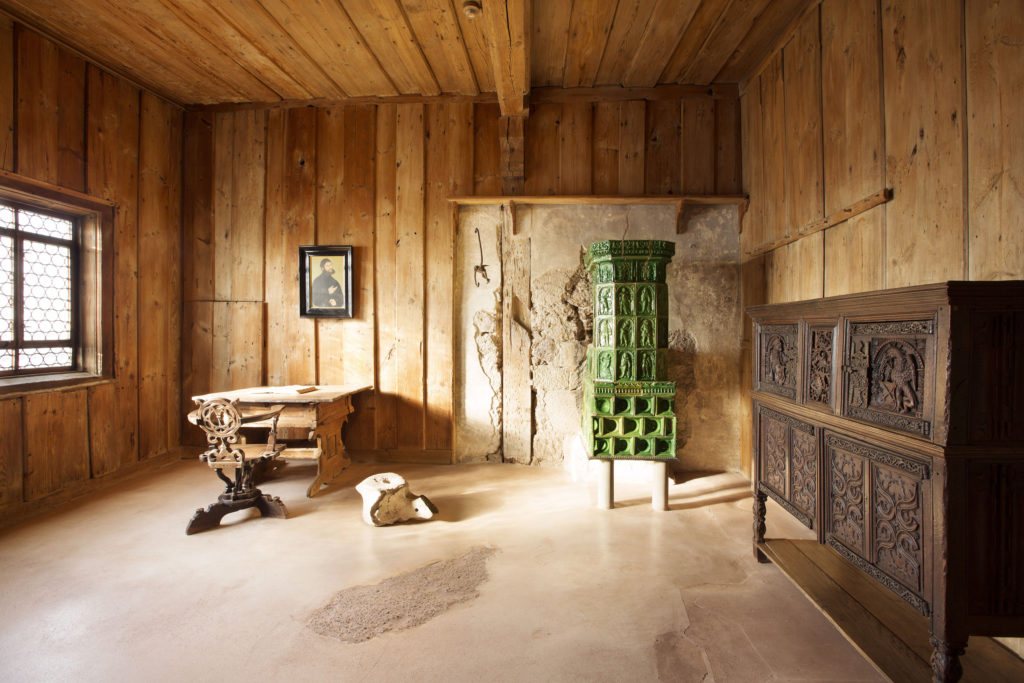
Copyright: GNTB/photographer: Christof Herdt
Route 7
From Frankfurt to Wittenberg: Small Beginnings, Big Impacts
Time and time again, Luther sought out smaller towns and even villages to voice his ideas. Many of these places may be considered ‘insider tips’, but they are of great importance in understanding the Reformation. One example is Bad Hersfeld in Hessen, where Luther preached in 1521. The local pastor at the time, Heinrich Fuchs, is said to have been the first priest ever to marry.
Zwickau is home to a somewhat unconventional Luther site: the Lutherkeller, located directly beneath the Luther Church, serves as a bar, band rehearsal room, cycle and carpentry workshop and table tennis cellar – and hosts a blues service five times a year.
The route also includes Grimma, Luther’s childhood home in Mansfeld, and Zeitz, where Luther preached key sermons between 1542 and 1545. It ends in Wittenberg.
Route 8
From Frankfurt to Munich: Beyond the Borders: Roads to Europe
The eighth Luther route looks beyond Germany’s borders to other places closely associated with the ideas of the Reformation and emerging Humanism. After Frankfurt, Worms and Heidelberg, the next stop on the itinerary is Strasbourg. At the time of the Reformation, the French city was a centre for book printing, which played an important part in the proliferation of Luther’s ideas. Next, comes Basel, where the great humanist Erasmus of Rotterdam lived and taught from 1514, and then Zurich, where Ulrich Zwingli became a preacher and minister at the Great Minster in 1519.
At Lake Constance, visitors find themselves back on German soil. The town of Constance is home to the Hus Museum, which documents the life and legacy of Jan Hus. An advocate for freedom of conscience, Hus presented his pre-Reformation theses at the Council of Constance in 1415, which led to him being burned at the stake for heresy. The route concludes in Augsburg and Munich.
For more information contact :
German National Tourist Office, PO Box 2695 , London W1A 3TN
Phone +44 (0)20 7317 0914
Featured image used courtesy of:
Title: Signs for the Luther Trail in the town of Grimma
Copyright: GNTB/photographer: Christof Herdt


